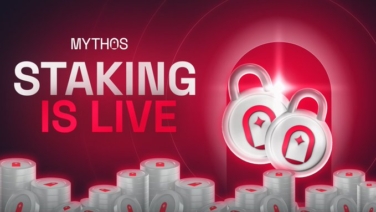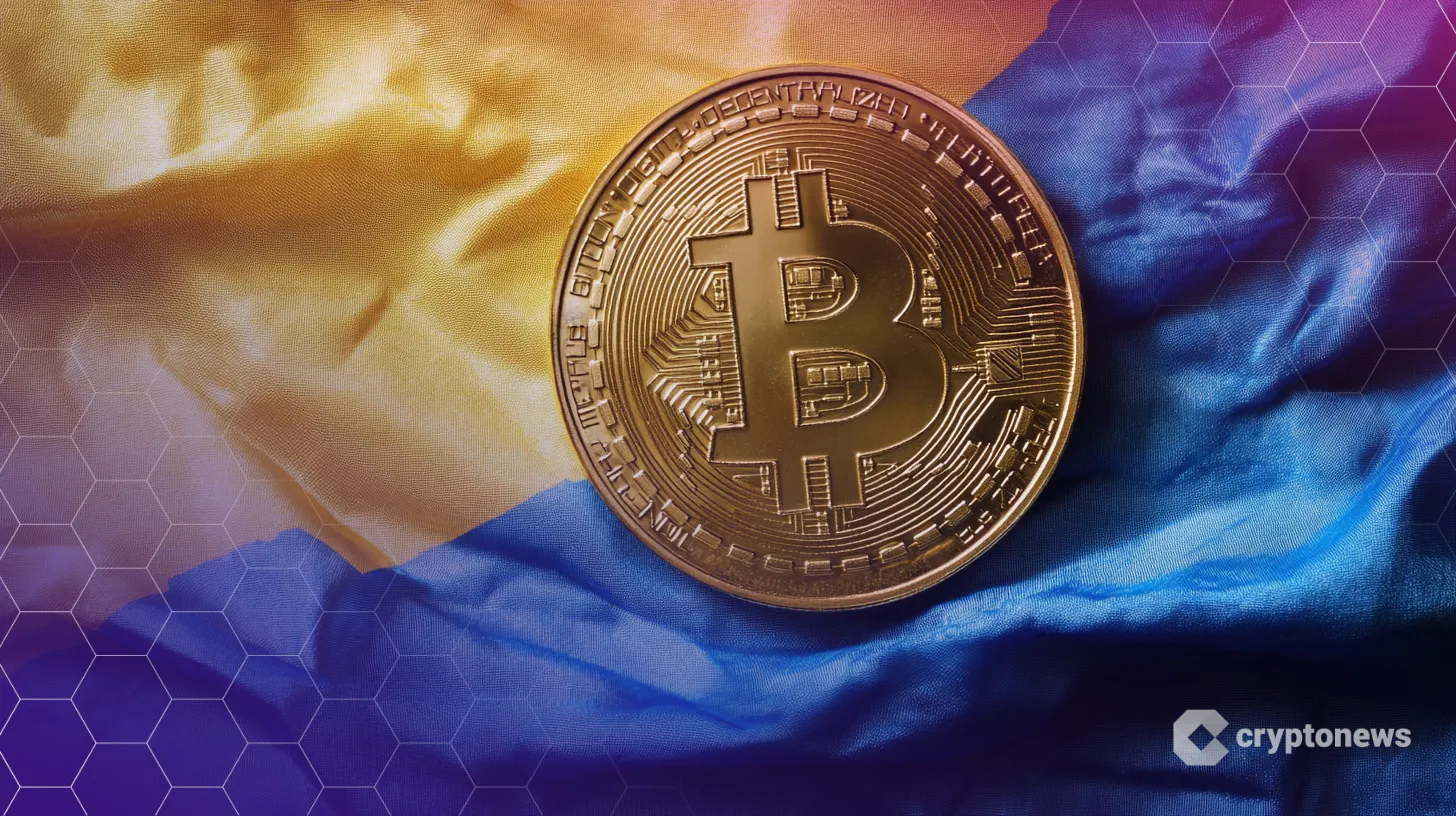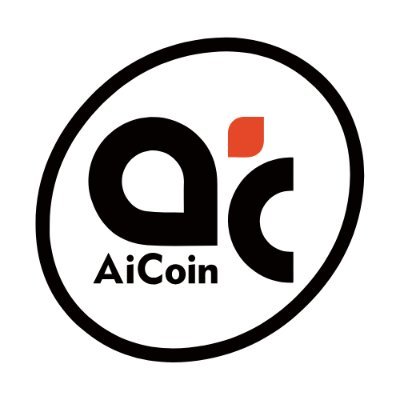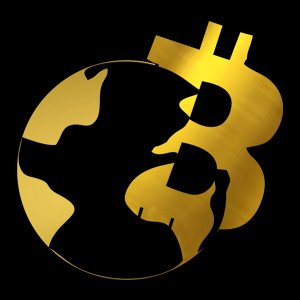Cardano Price Prediction 2025: Will BTC Integration Push ADA Price to $3 or $5?
Charles Hoskinson ’s announcement that Bitcoin will be integrated into Cardano’s DeFi ecosystem adds even more bullish momentum to the ADA forecast . The news broke ahead of the Bitcoin 2025 Conference in Las Vegas, where a live demo of this integration is set to be showcased.
The integration aims to connect Cardano’s Hydra Layer 2 scaling solution with Bitcoin’s Lightning Network, enabling a trustless and recursive bridge between the two networks. This would allow Bitcoin holders to access DeFi tools directly on Cardano price , without needing to convert their BTC into another token.
Additionally, the Aiken programming language will allow developers to create smart contracts compatible with both chains, simplifying the process of building cross-chain dApps and attracting developers from both ecosystems.
This push to onboard Bitcoin into Cardano’s DeFi is not just a technical upgrade—it’s a strategic move that could trigger major liquidity flow into the Cardano ecosystem. Hoskinson stated that the integration has the potential to position Cardano as a DeFi leader , possibly surpassing Ethereum and Solana in terms of total ecosystem value if successful.
Moreover, if institutional Bitcoin holders begin seeking DeFi yields through Cardano-based products , ADA’s price could see exponential demand growth. While there’s no fixed date for full implementation, the 2025 target demo builds a solid narrative for ADA’s long-term upside.
Cardano is once again under the spotlight, as several market analysts have forecasted a significant price surge by 2025. With ADA currently trading around $0.65, bullish projections suggest the token could rally to $3 or even $5, fueled by growing network developments and a major interoperability update on the horizon.
Crypto influencer Alex Becker recently shared his enthusiasm for Cardano, stating it's "fast as hell" and "the most decentralized, reasonable blockchain next to Ethereum." He emphasized that at its current price, ADA is still an easy entry for investors anticipating a breakout. Other analysts echo this sentiment, noting that a price above $3 is “long overdue", considering Cardano’s current undervaluation and upcoming roadmap milestones.
With ADA’s bullish price predictions ranging between $3 and $5, and the integration of Bitcoin into its DeFi architecture, Cardano is making bold moves that could reshape its standing in the crypto space. As we approach the 2025 Bitcoin Conference , all eyes will be on whether Cardano can deliver on its promise and usher in a new era of BTC-powered DeFi.
Charles Hoskinson ’s announcement that Bitcoin will be integrated into Cardano’s DeFi ecosystem adds even more bullish momentum to the ADA forecast . The news broke ahead of the Bitcoin 2025 Conference in Las Vegas, where a live demo of this integration is set to be showcased.
The integration aims to connect Cardano’s Hydra Layer 2 scaling solution with Bitcoin’s Lightning Network, enabling a trustless and recursive bridge between the two networks. This would allow Bitcoin holders to access DeFi tools directly on Cardano price , without needing to convert their BTC into another token.
Additionally, the Aiken programming language will allow developers to create smart contracts compatible with both chains, simplifying the process of building cross-chain dApps and attracting developers from both ecosystems.
This push to onboard Bitcoin into Cardano’s DeFi is not just a technical upgrade—it’s a strategic move that could trigger major liquidity flow into the Cardano ecosystem. Hoskinson stated that the integration has the potential to position Cardano as a DeFi leader , possibly surpassing Ethereum and Solana in terms of total ecosystem value if successful.
Moreover, if institutional Bitcoin holders begin seeking DeFi yields through Cardano-based products , ADA’s price could see exponential demand growth. While there’s no fixed date for full implementation, the 2025 target demo builds a solid narrative for ADA’s long-term upside.
Cardano is once again under the spotlight, as several market analysts have forecasted a significant price surge by 2025. With ADA currently trading around $0.65, bullish projections suggest the token could rally to $3 or even $5, fueled by growing network developments and a major interoperability update on the horizon.
Crypto influencer Alex Becker recently shared his enthusiasm for Cardano, stating it's "fast as hell" and "the most decentralized, reasonable blockchain next to Ethereum." He emphasized that at its current price, ADA is still an easy entry for investors anticipating a breakout. Other analysts echo this sentiment, noting that a price above $3 is “long overdue", considering Cardano’s current undervaluation and upcoming roadmap milestones.
With ADA’s bullish price predictions ranging between $3 and $5, and the integration of Bitcoin into its DeFi architecture, Cardano is making bold moves that could reshape its standing in the crypto space. As we approach the 2025 Bitcoin Conference , all eyes will be on whether Cardano can deliver on its promise and usher in a new era of BTC-powered DeFi.
Ethena Expands USDe and sUSDe Ecosystem to BNB Chain
Ethena Labs has once again stolen the spotlight with its latest move: bringing its USDe stablecoin and its staking version, sUSDe, to the BNB Chain network. The move allows USDe and sUSDe to be used directly on platforms like PancakeSwap, Venus Protocol, and Pendle—all of which are already familiar to market participants.
This integration allows users to exchange, borrow, and even earn yield on USDe and sUSDe over a network noted for its efficiency and scalability.
For example, on PancakeSwap, the USDe/USDT and sUSDe/USDe pairs are already active and incentivized with Ethena rewards, CAKE token emissions, and fee sharing from pool transactions. It feels like hanging out at a cafe that gives cashback every time you order a drink.
USDe has officially launched on @bnbchain 🔶
USDe and sUSDe go live on @PancakeSwap , @VenusProtocol , and @pendle_fi BNB deployment
Users can swap, lend, and save with Ethena assets on BNB Chain pic.twitter.com/7lNteUrTxs
— Ethena Labs (@ethena_labs) April 4, 2025
On the other hand, CNF previously reported that Ethena Labs also strengthened its financial position by minting an additional $225 million worth of BUIDL tokens from BlackRock. With this addition, Ethena’s total BUIDL holdings now stand at $1.29 billion. It’s not just a number—it reflects growing trust and influence.
A few weeks earlier, BlackRock also announced a partnership with Ethena to build a new network called Converge. This partnership is to pave the way for individual and institutional users to access DeFi more easily, while connecting traditional assets to the crypto world. Think of it as building a direct road from Wall Street to the on-chain world.
It doesn’t stop there; in February 2025, Ethena Labs also managed to secure $100 million in funding through the private sale of ENA tokens. These funds are said to be used to create new products targeting traditional financial institutions. This means that Ethena is not only playing in the retail arena, but is also starting to prepare ammunition for duels at the corporate level.
Seeing this increasingly mature strategy, the market seems quite enthusiastic. At the time of writing, the ENA token was trading at around $0.3217, up around 3.07% in the last 24 hours. While price fluctuations are common in the crypto world, project developments usually drive the movement north.
USDe itself is a synthetic stablecoin that does not rely on traditional fiat reserves. Instead, Ethereum relies on a delta-neutral derivative position against staked Ethereum. So, USDe’s stability does not depend on a central bank or custodian institution. It’s like driving an electric car that doesn’t need to be refueled—more efficient and not dependent on legacy infrastructure.
Meanwhile, sUSDe allows users to earn yields from staking activities and spreads in the derivatives market. For users who like yield farming strategies or passive income, this is certainly an attraction in itself.
Securitize Reports Highest-Ever Dividend of $4.17 Million for Tokenized Treasury Product
Securitize, the firm behind Blackrock’s USD Institutional Digital Liquidity Fund (BUIDL), has announced a record-breaking $4.17 million in dividends for March, making it the highest single-month payout among tokenized Treasury products.
According to its X post, this milestone pushes total distributions since launch to $25.4 million, signaling the rising demand for blockchain-based institutional investments.
BUIDL provides investors with daily dividend payouts (Monday–Friday), allowing near real-time yield generation. The fund is now live across seven major blockchain networks, including Solana, Ethereum, Aptos, Arbitrum, Avalanche, Optimism, and Polygon.
The rapid adoption of BUIDL highlights how tokenization is reshaping access to traditional financial instruments, offering greater liquidity and efficiency in the digital asset space. As institutional interest in on-chain yield continues to grow, tokenized Treasury funds like BUIDL are positioned to become a cornerstone of blockchain-powered finance.
免责声明:本文章仅代表作者个人观点,不代表本平台的立场和观点。本文章仅供信息分享,不构成对任何人的任何投资建议。用户与作者之间的任何争议,与本平台无关。如网页中刊载的文章或图片涉及侵权,请提供相关的权利证明和身份证明发送邮件到support@aicoin.com,本平台相关工作人员将会进行核查。
Pump.fun’s Thrilling Comeback: Live Streaming Restored with New Censorship Policy
Get ready for the return of real-time crypto action! Pump.fun, the popular Solana-based platform for launching memecoins, is bringing back its live streaming feature. After a brief pause, the platform is set to re-engage its community with live broadcasts, signaling a fresh chapter for memecoin enthusiasts and traders alike. This exciting development, announced by co-founder “alon” on X, comes with the promise of a structured approach to content moderation, ensuring a balanced and transparent environment for its users.
The restoration of the live streaming feature on Pump.fun is more than just a technical update; it’s a strategic move to enhance user engagement and platform transparency. For those unfamiliar, Pump.fun became a sensation in the crypto world for its streamlined process of creating and launching memecoins on the Solana blockchain. The live streaming aspect added another layer of excitement, allowing creators to connect directly with their communities and potential investors in real-time.
Here’s a breakdown of what we know about the return of Pump.fun’s live streaming:
Live streaming is a powerful tool in the cryptocurrency space, especially for platforms centered around community and rapid engagement like Pump.fun. Here’s why it’s a crucial feature:
Introducing a censorship policy in a decentralized space like cryptocurrency is a delicate balancing act. While necessary for platform integrity and user safety, it also raises questions about freedom of speech and decentralization principles. Pump.fun’s approach to this challenge will be closely watched by the crypto community.
Here are some key challenges and considerations regarding censorship policy in the crypto context:
Pump.fun’s success is intrinsically linked to the Solana ecosystem. By building on Solana, Pump.fun benefits from its high transaction speeds and low fees, which are crucial for the rapid-fire world of memecoin trading. The platform, in turn, contributes to the vibrancy and growth of the Solana network by attracting users and activity.
The restoration of live streaming on Pump.fun can be seen as a positive signal for the Solana ecosystem as a whole. It demonstrates the resilience and adaptability of platforms within the Solana space and their commitment to innovation and user engagement.
As the memecoin market continues to evolve, platforms like Pump.fun play a significant role in shaping its trajectory. Their decisions regarding features, policies, and community engagement have ripple effects throughout the broader crypto landscape.
For those actively involved in the memecoin space or users of Pump.fun, here are some actionable insights to consider:
The restoration of live streaming on Pump.fun, coupled with the introduction of a censorship policy, marks a significant and hopeful step forward for the platform. It demonstrates a commitment to both enhanced user engagement and responsible platform governance. As Pump.fun navigates the complexities of content moderation in the decentralized crypto world, its approach and the community’s response will set important precedents for other platforms in the space. The return of live streaming is not just a feature update; it’s a signal of Pump.fun’s continued evolution and its dedication to serving the dynamic memecoin community within the vibrant Solana ecosystem.
To learn more about the latest explore our article on key developments shaping Solana price action.
Disclaimer: The information provided is not trading advice, Bitcoinworld.co.in holds no liability for any investments made based on the information provided on this page. We strongly recommend independent research and/or consultation with a qualified professional before making any investment decisions.
Ethereum Sets New Date for Pectra Upgrade After Technical Issues
Ethereum’s Pectra upgrade has now been scheduled to go live on the mainnet on May 7, 2025.
The announcement was made during a call held by the blockchain’s core developers on April 3.
Pectra is one of Ethereum’s most significant upgrades since the network’s transition to a proof-of-stake consensus mechanism in 2022. It merges the Prague execution layer with the Electra consensus layer and includes 11 Ethereum Improvement Proposals (EIPs) aimed at improving the blockchain’s scalability, efficiency, and usability.
Originally planned for March 2025, the changes were postponed due to challenges encountered during testnet implementation. Specifically, the Holesky testnet experienced finality issues, preventing developers from proceeding with the original timeline. Additionally, a minor bug was discovered on the Sepolia testnet in early March, which was identified and resolved before further testing.
Developers then launched the Hoodi testnet, successfully running the enhancements without major incidents. This phase led to the confirmation of the May 7, 2025, mainnet deployment date.
“We’ll go ahead and lock in May 7 for Pectra on mainnet,” said Ethereum Foundation researcher Alex Stokes during yesterday’s core developers’ call . “Happy Pectra everyone.”
Despite recent developments, Ethereum’s market performance has remained weak, with its native ETH token posting its worst first-quarter performance in 7 years. A recent report from CryptoQuant showed that the ecosystem continues to struggle due to low activity, declining transaction fees, and a reduced ETH burn rate, all of which have contributed to increased inflationary pressure on the network.
Pectra contains several improvements aimed at making Ethereum more user-friendly and efficient. Key features in the new version include smart contract functionality for wallets, enhanced staking capabilities, account abstraction, privilege management, and the ability to sponsor transaction fees.
Account abstraction will allow Externally Owned Accounts (EOAs) to function similarly to smart contract wallets, introducing advanced features such as transaction batching, fee sponsorship, and custom security rules. These improvements are expected to enhance Ethereum’s flexibility, making decentralized applications (dApps) more accessible to users.
Petra also increases the validator staking limit from 32 ETH to 2,048 ETH. This change supports larger validators and allows smaller ones to receive compounding rewards.
Another addition is Peer Data Availability Sampling (PeerDAS), which reduces costs for layer-2 solutions by allowing nodes to verify large data availability without downloading all of it. The upgrade also includes the Ethereum Virtual Machine (EVM) Object Format, which enhances EVM code to support future functionality on both layer-1 and layer-2 networks.


 Lowest price
Lowest price Highest price
Highest price 














































